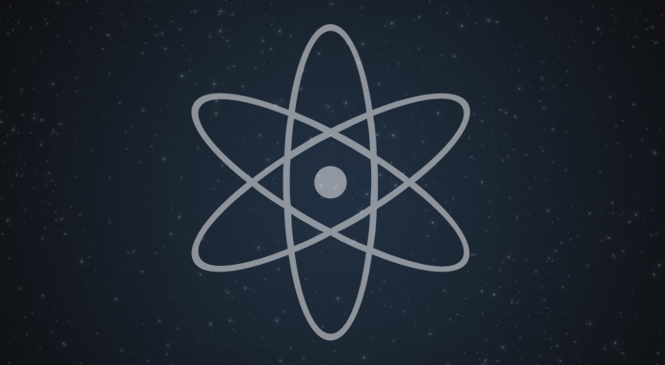Science News June 2, 2019

This week, Hawking radiation gets tested, ample ice is found on Mars, Huawei’s SD problems, and Google fails at cold fusion. Here are this week’s headlines:
HAWKING RADIATION TESTS
Stephen Hawking theorized that black holes don’t last forever, that they bleed off energy. The supposed “Hawking Radiation” has previously been untestable since it would be too faint to detect. But a team at the Israeli Institute of Technology has figured out how to use ultra-cold rubidium atoms and sound waves to prove the theory. The hope is that one day, similar methods could be used to examine black holes themselves.
ICE ON MARS
One of the biggest necessities for colonizing Mars is the availability of water. The Mars Reconnaissance Orbiter has detected what might be the third largest deposit of water-based ice on the Red Planet, well below the surface of the planet’s ice caps. Researchers speculate that if melted, it has enough reserves to cover the entire planet in five feet of water. It’s a testament to the sheer amount of potential water resources that could be made available for settlements.
HUAWEI’S SD ASSOCIATION
It was falsely reported by several outlets that Chinese smartphone maker Huawei was dropped from the SD Association, meaning they could no longer use SD type cards in their phones. The truth of the matter is that the exclusion of Huawei from the SD Association web site was a technical error. They have, however, temporarily altered Huawei’s status with the group in order to comply with orders from the Trump administration. As such, Huawei is working on transitioning to its own “Nano Memory Cards”. The news from the SD Association comes on the heels of ARM and Google pulling support from the company. At least on the operating system front, Huawei seems to be ready to release its own Android-like platform called Ark OS some time this year. No word yet on how they will handle the processor situation.
NO COLD FUSION
And finally, Google failed to produce cold fusion. Fusion is the fusion of two atoms into a larger element, thus producing large amounts of clean energy in the process. It’s the process that stars thrive on. But it requires an extremely high temperature to make the fusion happen. Cold fusion is a theory that fusion could potentially be started at room temperature. Although there have been many claims, no one has ever successfully produced practical cold fusion. And after spending $10 million on experimentation, Google has proven to be no exception. There is now a lot of speculation that it might simply not be possible, and high temperature fusion might be the only way to make it happen.
Watch the science report during Good Morning Multiverse Saturdays at 10am on SciFi4Me TV.
![]()



